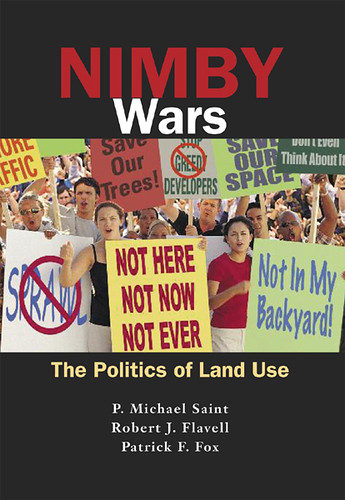DC pols are so easy to buy: Walmart edition
The Washington City Paper has a very nice piece, "The Selling of Walmart: How the world's biggest retailer won over D.C. without a fight," about the Walmart campaign to open stores in DC.
Looked at one way, Walmart’s cakewalk is an illustration of D.C.’s southern nature: Trusting of big business, grateful for investment, deeply skeptical of unions. Ward 5 Councilmember Harry Thomas Jr., often a big labor backer, has been Walmart’s biggest cheerleader. And in Ward 4, Councilmember Muriel Bowser doesn’t think organized labor should get any special deference. “Dues-paying members are concerned that Walmart will drive down wages, and they won’t be able to negotiate for as much,” she says. “So that’s as self-interested an argument as any.” It may be true. But setting up consumers and workers as two different interests is classic anti-union boilerplate, and not the sort of argument Walmart’s cadres usually hear in northern cities.
Looked at in another way, however, it’s just more evidence of D.C.’s division along the lines of race and class. Tracy Sefl, a Democratic strategist who helped found Walmart Watch, notes that the people most disposed to think about Walmart’s global labor practices are less inclined to get involved at the city level. “The sort of cognoscenti that would have been and is engaged in this Walmart opposition intellectually as liberal activists hasn’t translated here in the same way, because Walmart hasn’t said we’re going to put the stores in Spring Valley,” Sefl says, referring to the rich, leafy Ward 3 neighborhood. “Walmart would say, this was purely economics, and they’re siting their stores where it makes sense to be. It still means they bypass that often white opposition.”
From the article:
... increasingly sharp questions about whether Walmart may be past its peak. US retailing is being reshaped by the economic crisis of middle America, by digital technology and by new consumer habits. As the place where one in every 10 retail dollars is spent, Walmart provides a compelling perspective on those deep changes affecting people who were once the world’s shoppers of last resort. ...
Walmart has more than 3,000 Supercenters and nearly 4,000 US stores in all, but their performance has lately been grim. Totting up sales of everything from bananas and beer to bikinis and car tyres, revenues at stores open for at least a year have fallen in every one of the past eight quarters. ...
While Walmart recognises the economic hardship of its core consumers, it appears less willing to accept the implications of some of the trends moving against it. One is that cash-strapped consumers are purchasing goods in smaller quantities. Another is that with petrol prices more than double what they were 10 years ago, people are reluctant to drive to a big-box store. “The Supercenter was the one-stop shop for your weekly groceries. Today we’re seeing a trend for more immediate ‘filling-in’ consumption,” says Robin Sherk at Kantar Retail, a consultancy. “If I’m living pay cheque to pay cheque, can I afford to stock up?”
This is driving Walmart's push to urban markets, to provide the ability to serve customers shopping more frequently but spending less, as well as access to higher income customers.
Labels: civic engagement, co-optation, elections and campaigns, electoral politics and influence, formula retail, Growth Machine, real estate development





0 Comments:
Post a Comment
<< Home